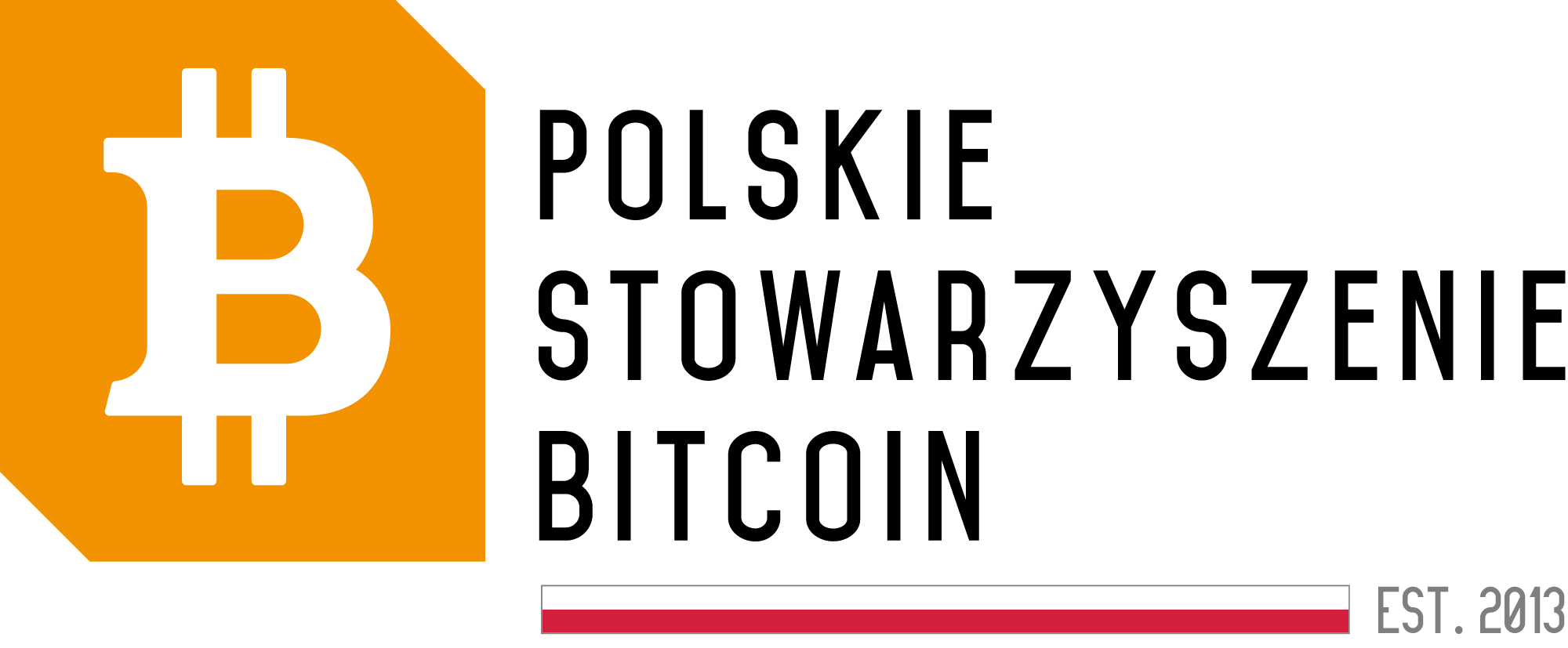Bitcoin: Demand surpasses issuance – what does it mean for prices?

Demand for Bitcoin Surpasses Emission – Potential Price Increase
According to the latest data, demand for Bitcoin from long-term holders, known as “permanent holders,” has surpassed BTC emission for the first time in history. Currently, this group is adding around 200,000 BTC monthly, while the monthly emission is only 28,000 BTC.
Reduction in Miners’ Rewards – Halving
An analysis of the upcoming reduction in miners’ rewards, called halving, to around 14,000 BTC has caused a significant shift in the supply and demand dynamics for Bitcoin. Tezos co-founder Arthur Breitman referred to the impending halving as a “budget cut for security,” suggesting the need for future adjustments in the emission policy to maintain security.
Bitcoin Price Predictions Before and After Halving
Arthur Hayes, the former BitMEX CEO, predicts price drops for BTC both before and after the halving. On the other hand, Marathon CEO Fred Thiel suggests that the halving’s impact may have already been factored into the price, citing favorable approvals of ETFs on spot exchanges.
Change in Bitcoin Miners’ Rewards
Prior to the upcoming halving in mid-April, Bitcoin miners face a reduction in rewards from 6.25 to 3.125 BTC per block. This system automatically adjusts to the set block height, and the entire mining of 21 million BTC is projected to be completed around the year 2140.
Considering this information, cryptocurrency market investors should be aware of the changes in Bitcoin’s supply and demand that could affect future prices of this popular cryptocurrency. The reduction in miners’ rewards and potential adjustments in the emission policy may bring significant changes to the market; therefore, monitoring the situation and analyzing data are crucial for making informed investment decisions.





